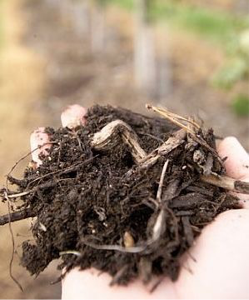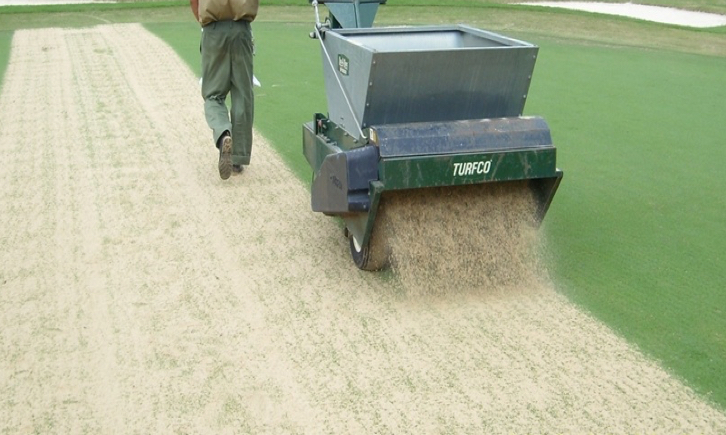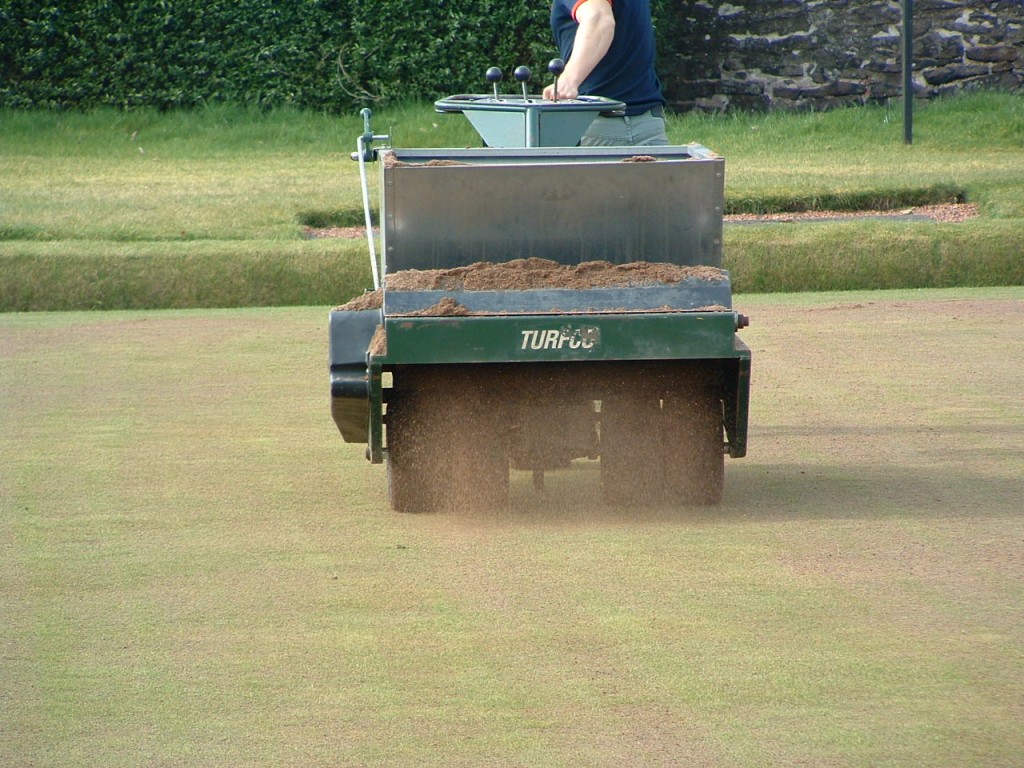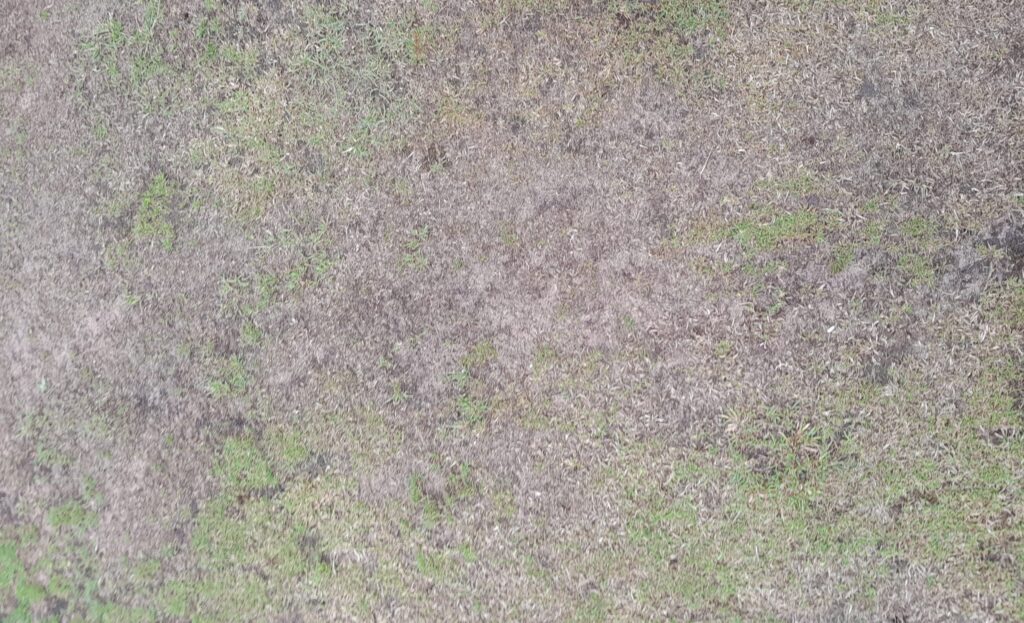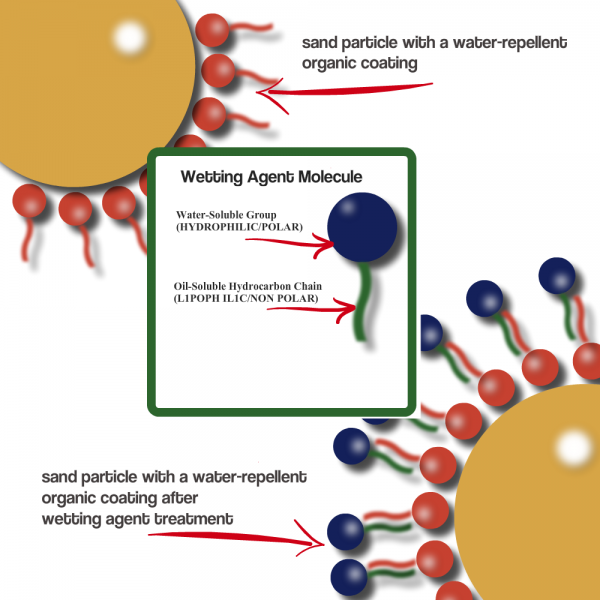The soil food web has become an increasingly popular term in greenkeeping and bowling green management. The problem-solution-problem, or symptoms approach to greenkeeping has been exposed as fundamentally flawed by the diminishing list of available pesticides now available to turf managers. Is there a better way to manage greens...yes. And the extraordinary discovery is that a greenkeeping program that focusses on the green as an eco-system is fully compatible with producing tight, natural turf dominated by the fine perennial Fescue and Bent grasses.
